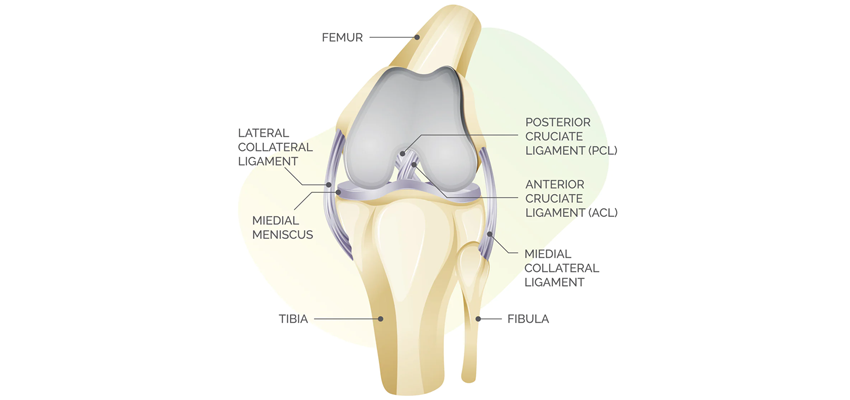Robotic Knee Replacement with Subvastus and Absolute Precision Approach

Orthopedic procedures have undergone significant transformation driven by technological advancements, refined surgical instruments, innovative techniques, and enhanced pain management. Knee replacement, in particular, has experienced numerous iterations encompassing different approaches, implant varieties, and material compositions, all aimed at achieving optimal patient outcomes and the highest prosthetic performance. In this blog, we'll delve into the significance of the subvastus approach in knee replacement and shed light on why our surgeons prefer it for patients requiring knee replacements.
Knee replacement surgery is a substantial procedure that generally includes reshaping the cartilage on the femur and tibia to replace the knee joint, incisions in the quadriceps muscle, and modifications to tendons, ligaments, and other soft tissues to accommodate the knee prosthesis. Following the surgery, the healing process involves not only the bones and the new joint but also the recovery of these soft tissues, which can be notably painful and require an extended period for complete rehabilitation.
The subvastus approach, although not new and having been in practice for decades, has, like many innovative techniques, taken time to gain traction. Factors such as technology limitations, the need for technique refinement, or longer procedure duration can influence its adoption. This approach, indeed, demands a surgeon with a high level of expertise and may take more time compared to traditional knee replacement surgery.
What sets the subvastus approach apart is its significant preservation of soft tissues compared to conventional knee replacement methods. It avoids cutting the quadriceps muscle and tendon, which results in reduced postoperative pain and shorter rehabilitation periods for patients. Surgeons also take great care to minimize trauma to other soft tissues, endeavoring to retain as many tendons and ligaments as possible. While the femur and tibia are still modified, and the knee joint is replaced with a prosthetic implant, the sparing of soft tissues, specifically the quadriceps tendon and muscle, marks a crucial difference in this approach.
Benefits of Subvastus Robotic Knee Replacement :
Reduced Postoperative Pain:This technique spares the quadriceps muscle and tendon, leading to less pain and discomfort after surgery.
Faster Recovery:Patients typically experience a shorter rehabilitation period, allowing them to return to their normal activities more swiftly.
Minimized Soft Tissue Trauma:The approach aims to minimize trauma to ligaments, tendons, and other soft tissues, contributing to a quicker and less painful recovery.
Tissue Preservation:More tendons and ligaments are preserved, which can improve long-term knee function and stability.
Advanced Precision:Robotic assistance enhances the precision of the procedure, potentially leading to improved implant alignment and overall outcomes.
Potential for Improved Long-Term Outcomes:By minimizing soft tissue trauma and preserving more natural structures, this approach may result in better long-term functionality of the replaced knee joint.
If you're contemplating knee replacement, our specialized surgeon, Dr. Kunal Makhija experienced in robotic knee replacement procedures, is ready to discuss the subvastus approach with you and determine its suitability for your unique situation.
Copyright © 2023 All Rights Reserved, By Dr. Kunal Makhija
Robotic Knee Replacement Surgery in Navi Mumbai | Robotic Hip Replacement Surgery in Navi Mumbai



